OTTAWA, ON, CANADA – A study published today in the journal Science provides new evidence for the delivery of pollutants to seemingly pristine arctic ecosystems. The surprising culprits in this transport of pollutants are arctic seabirds, the most common form of wildlife in the Arctic. The multi-disciplinary team of Canadian scientists from the University of Ottawa, Queen’s University, the University of Toronto, and the Canadian Wildlife Service (Iqaluit) demonstrate that seabirds are vectors for the transport of most of the human-made contaminants to some arctic coastal ecosystems via their guano, elevating concentrations of pollutants such as mercury and DDT to as much as 60 times those found at nearby sites that are not influenced by seabird populations. Jules Blais, a professor of environmental toxicology at the University of Ottawa and lead author of this study, believes they have gathered convincing evidence to show that “Not only are arctic seabirds fertilizing these remote regions via their guano, thus making them "hot spots" of biological productivity and biodiversity in the barren arctic tundra, but they are also delivering surprising quantities of industrially-manufactured pollutants from the ocean back to these coastal ecosystems”.
It is sort of a “boomerang effect” notes John P. Smol, a professor at Queen’s University and holder of the Canada Research Chair in Environmental Change. “These contaminants had been washed into the ocean, where we generally assumed they were no longer affecting terrestrial ecosystems. However, we are now learning that organisms such as sea birds, which feed in the ocean but then return to land, are returning not only with food for their young, but with contaminants that are then accumulated in their bodies and released back on land”.
The study took place at Cape Vera on northern Devon Island, in the Canadian High Arctic, which is far from industrial and agricultural sources of pollutants. “These chemicals are emitted into the air and oceans from the populated parts of the globe, and are transported by air and ocean currents toward cold areas like the Arctic. Some of them will build up in the food webs that comprise northern traditional diets”, notes team member Linda Kimpe from the University of Ottawa. “As a result, some of our northern Canadian populations are among the most mercury and PCB-exposed people on the globe”.
For several years, Mark Mallory (Canadian Wildlife Service, Iqaluit) has led a team of researchers studying the Cape Vera colony of about 10,000 breeding pairs of northern fulmars. The fulmars nest on the high cliffs, which are ringed by a series of freshwater ponds at their base. Environmental monitoring in high arctic locations is often very difficult due to logistical difficulties. Fortunately, lake sediments archive important information on environmental changes. “We can reconstruct past environmental changes using lake and pond sediments” explains Marianne Douglas, a professor at the University of Toronto and holder of the Canada Research Chair in Global Change. “Lakes slowly accumulate sediments, and incorporated in these sediments is an archive of past environmental changes, much like pages in a book.” The scientists analyzed the contaminants from the sediments of the shallow ponds that ringed the base of the cliffs as monitors of past contaminant inputs.
Other members of the research time include D. McMahon from the University of Ottawa and Bronwyn Keatley from Queen’s University.
Blais points out that “Canada has the longest coastline in the world and seabirds are typically the dominant wildlife found in these coastal ecosystems. Most of Canada’s coastline is at our northern fringe, and northern aboriginal communities rely on these ecosystems as a source of nutrition, economic development, traditional customs, and culture. We now have evidence that seabirds can concentrate industrial contaminants in coastal areas to levels that can be affecting those ecosystems.”
The research was funded primarily by the Natural Sciences and Engineering Research Council of Canada (NSERC), the EJLB Foundation, the Polar Continental Shelf Project, and the Northern Scientific Training Program.
PLEASE NOTE: A PDF copy of the study can be obtained from the Journal Science, or contact Dr. John Smol at smolj@queensu.ca for a copy. High resolution images are available upon request.
Image and photo credit: Mark Mallory, Iqaluit, NU, Canada |
The location of Cape Vera on Devon Island, and the eleven ponds used in this study are shown (inset).
Photo credit: Bronwyn Keatley, Kingston, ON, Canada |
Cape Vera, home of one of the most northern and isolated seabird colonies in North America, is seen in the distance. |
Photo credit: Mark Mallory, Iqaluit NU, Canada |
The high cliffs at Cape Vera support a large colony of northern fulmars (Fulmarus glacialis), a medium-sized petrel that is found across the North Atlantic. During the breeding season, fulmars feed on zooplankton, squid, fish and carrion, and are near the top of arctic marine food webs. |
Photo credit: Mark Mallory, Iqaluit NU, Canada |
Ponds at Cape Vera, Devon Island, Arctic Canada. The ponds below the cliffs are the most productive ecosystems in the otherwise desolate arctic landscape. They are nourished by the digested remains (guano) of the northern fulmars that nest on the cliffs above. |
Photo credit: Bronwyn Keatley, Kingston, ON, Canada |
The ponds below the cliffs produce dense populations of algae and insects as a result of this subsidy of ‘marine nutrients’ washing in from the cliffs. |
|
Photo credit: Bronwyn Keatley, Kingston, ON, Canada |
A recent study by Canadian scientists at the University of Ottawa, Queen’s University, the University of Toronto and Environment Canada showed that industrially-produced chemicals are concentrating in marine food webs, and are subsequently transported to these remote ponds by seabirds, elevating contaminant concentrations by 10-60 fold nearby sites unaffected by seabirds. |
Photo credit: Marianne Douglas, Toronto, ON, Canada |
Cape Vera, Devon Island, Arctic Canada. Large patches of green mosses are visible under the fulmar colonies. |
Contact Information for authors:
Jules M. Blais, e-mail:
Jules.Blais@uottawa.ca
John P. Smol, e-mail: SmolJ@.QueensU.Ca

|